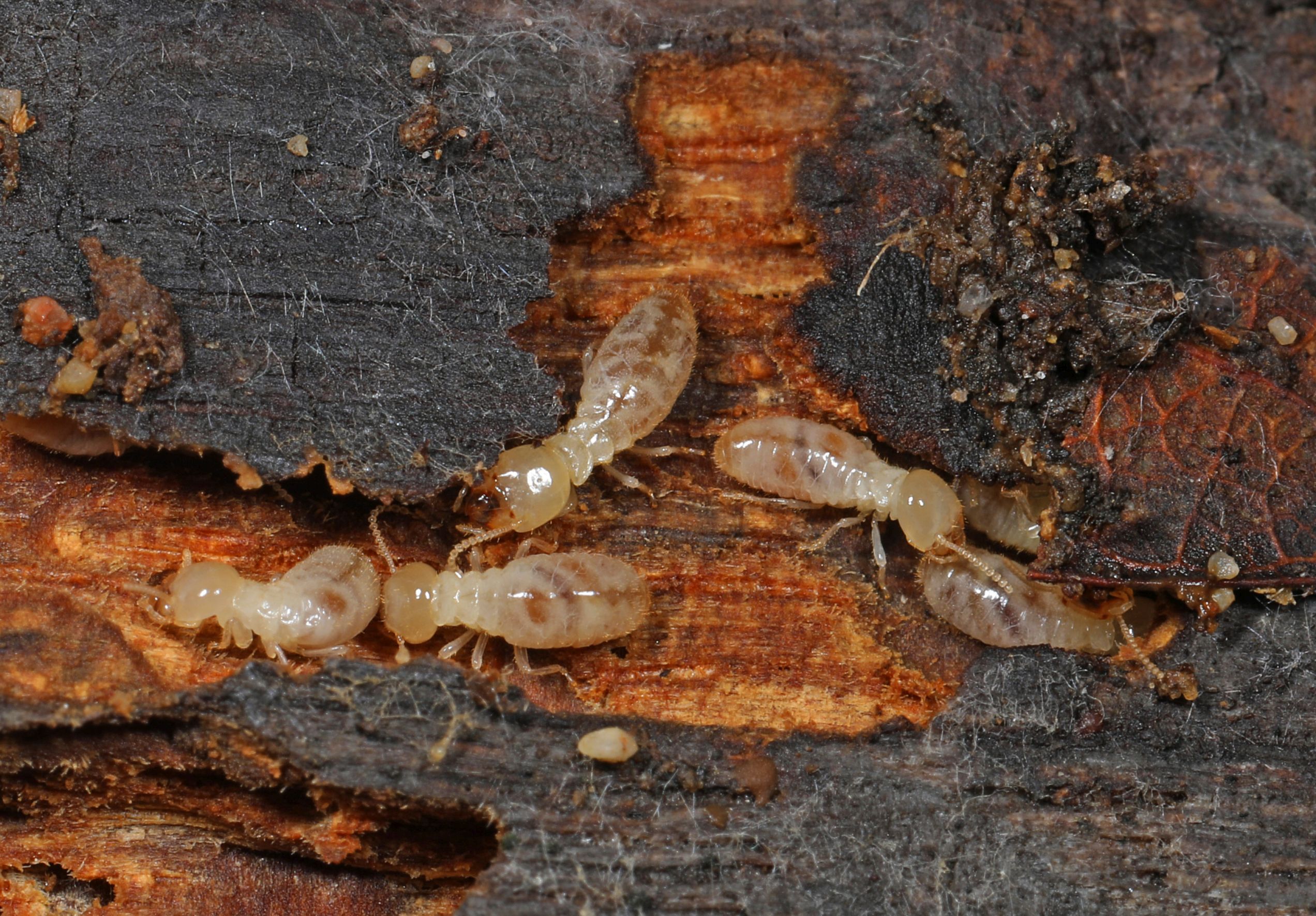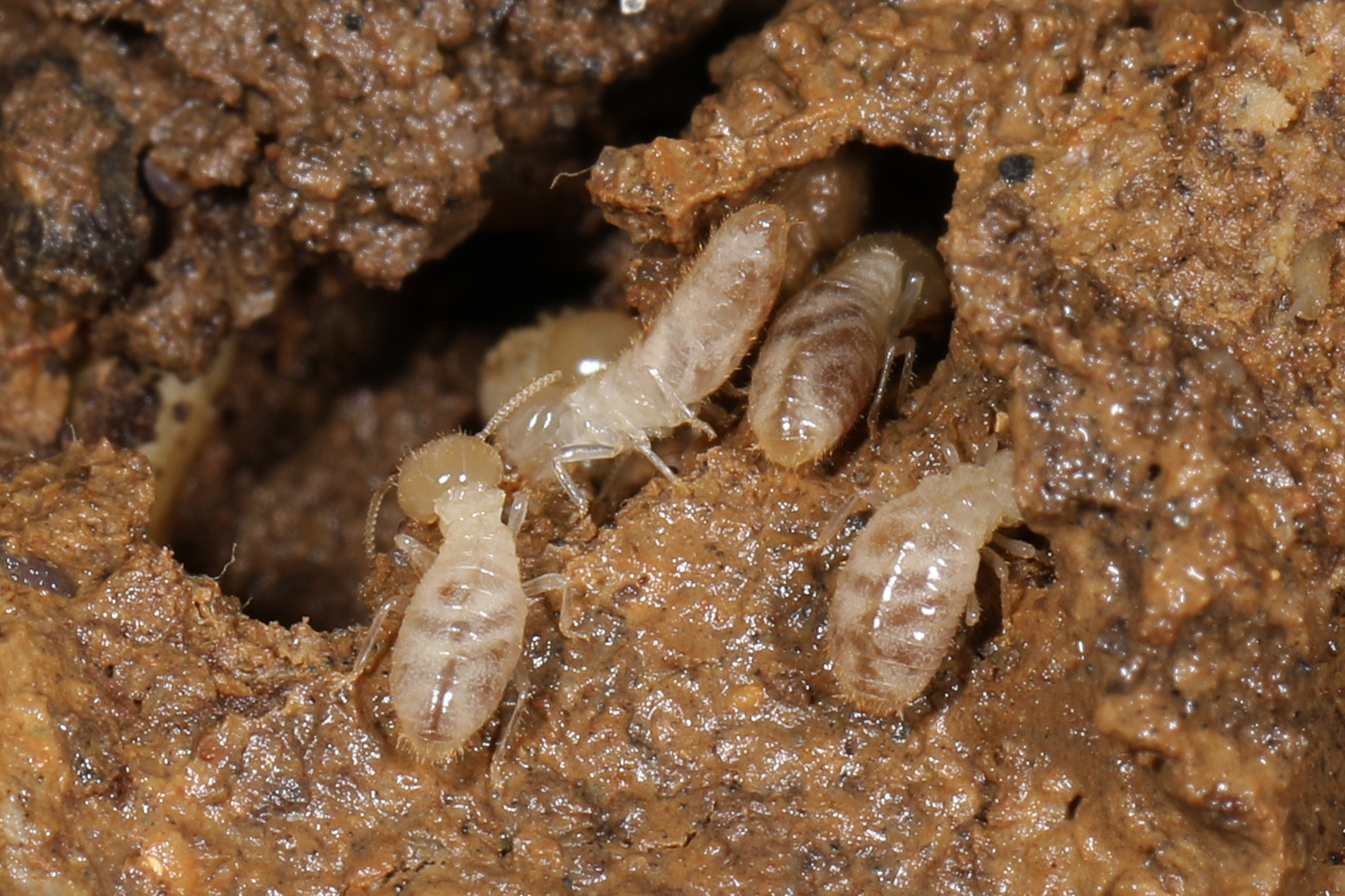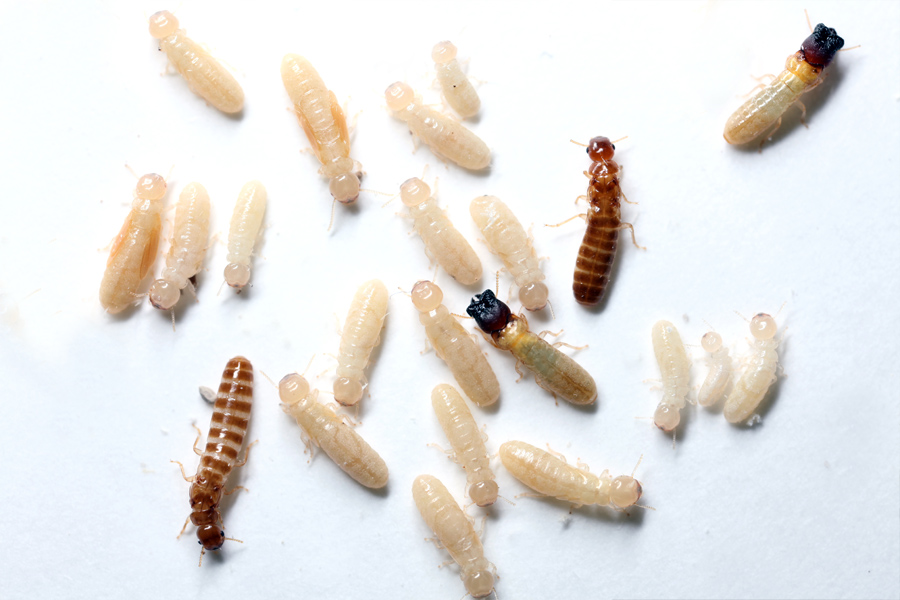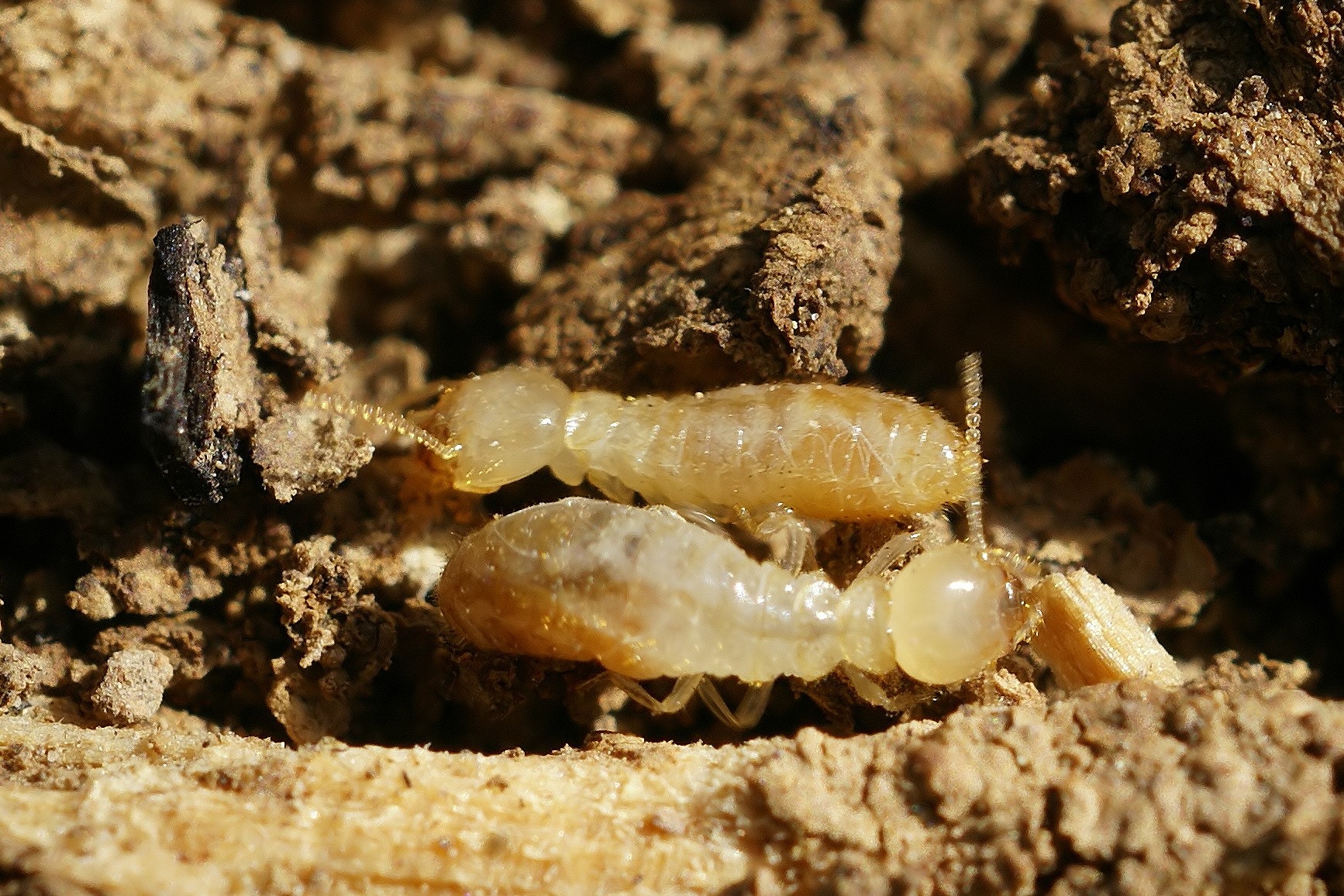Termites found in Belgium for the first time

Biologists have confirmed the presence of three different species of termites in Belgium for the first time. Because these tropical insects eat wood, they can cause damage to buildings and other wooden structures. Termites may have arrived here via imported infested wood products. One of the three species can survive cooler climates and may spread further.
Termites are small, soft-bodied insects that often go unnoticed until they cause significant damage. Known for their ability to digest wood, these pests play a crucial role in breaking down dead trees in natural ecosystems. However, when they invade human spaces, their wood-eating habits can lead to severe structural damage.
Most termites live in colonies that include workers, soldiers and a queen, similar to ants. These colonies can be massive, with populations reaching millions, building intricate networks of tunnels and nests hidden inside walls, under floors, or underground. In Europe, termites are primarily found in southern regions where the climate is warmer, with the highest incidences reported in Spain, Portugal, Italy, and southern France.
Termites can cause extensive damage to buildings, furniture, and wooden structures by eating the wood from the inside out, leading to weakened foundations and structural failures, posing serious safety risks. As termites spread into new areas, the risk of infestations increases. While they play an important role in nature, their presence in homes and buildings is far from beneficial. Understanding their habitat, spread, and potential damage is essential for protecting properties from these tiny yet formidable insects.



Termites in Belgium
In 2020, a family in the municipality of Uccle (Brussels-Capital region) noticed unusual flying insects in their house. When they sent these insects for investigation, the team at BopCo (Barcoding Facility for Organisms and Tissues of Policy Concern) identified them as powderpost termites (Cryptotermes brevis). In 2021, another family elsewhere in Brussels, encountered Reticulitermes banyulensis termites. Both infestations likely resulted from importing infested wood (furniture, building materials, souvenirs) from tropical areas.
Fortunately, these species thrive only in warm climates, so the risk of spreading or establishing nests outdoors in Belgium is low – for now. Cryptotermes brevis is a notable pest in Spain and Portugal, including the Azores. Reticulitermes banyulensis is only found in Spain and southern France and is not known as an invasive species, so there is a low likelihood of spreading in our natural environments.
However, another infestation was also discovered in 2021 in a greenhouse in Brugelette (Hainaut province). This one involved the eastern subterranean termite (Reticulitermes flavipes), and the infestation was reported to have spread to the adjoining garden. Unlike the other two species, Reticulitermes flavipes is well-adapted to cooler climates. It has long been established in France and was recently found in the Netherlands. This indicates a potential to thrive outdoors in Belgium, increasing the risk of spreading and establishing in new locations.
Mitigating the risk
Given the potential damage these termite species can cause, it is crucial to monitor and manage these populations carefully. Preventive measures and early detection are key to mitigating the impact of invasive termites on wooden structures in Belgium.
The study has been published in BioInvasive Records.
About the research team
Species identification can be challenging and often requires specialized expertise. Sometimes, samples are too damaged, come from a specific life stage (such as egg or larva), or belong to a group with characteristics that are difficult or impossible to identify using morphology alone. In these cases, the BopCo identification service can be contacted. BopCo specializes in the identification of species of policy concern using DNA-based methods and is run jointly by the Institute of Natural Sciences and the Royal Museum for Central Africa.
In collaboration with entomologists Wouter Dekoninck (Institute of Natural Sciences) and Yves Roisin (Université Libre de Bruxelles), the team identified these termite species using both morphological and DNA methods.